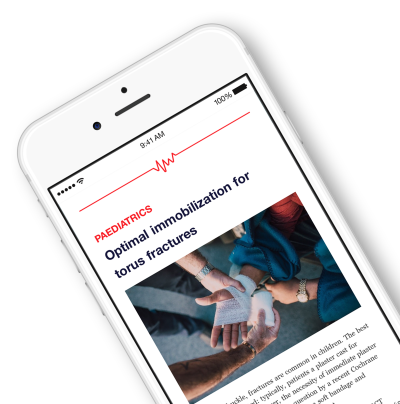Surgical Approaches for Total Hip Arthroplasty: A Network Meta-Analysis .
The comparison of surgical approaches for total hip arthroplasty (THA) has accelerated in recent years, with new randomized trials prompting an updated look at how the anterior (AA), lateral (LA), and posterior (PA) approaches stack up. When all the evidence is pooled in a network meta-analysis, AA consistently trends toward better early function and less short-term pain, with small but statistically significant gains at select time points—particularly within the first three months after surgery. Longer-term differences largely disappear, and quality of evidence remains low to moderate across most comparisons. While AA often rises to the top in SUCRA rankings, experts caution that rankings alone shouldn’t drive decisions, especially given the steeper learning curve and higher blood loss associated with AA in prior studies. Ultimately, surgeon experience, patient factors, and overall clinical context should guide approach selection as more rigorous trials continue to emerge.
Unlock the Full original article
You have access to 4 more FREE articles this month.
Click below to unlock and view this original article
Unlock Now
Critical appraisals of the latest, high-impact randomized controlled trials and systematic reviews in orthopaedics
Access to OrthoEvidence podcast content, including collaborations with the Journal of Bone and Joint Surgery, interviews with internationally recognized surgeons, and roundtable discussions on orthopaedic news and topics
Subscription to The Pulse, a twice-weekly evidence-based newsletter designed to help you make better clinical decisions
Exclusive access to original content articles, including in-house systematic reviews, and articles on health research methods and hot orthopaedic topics
































































